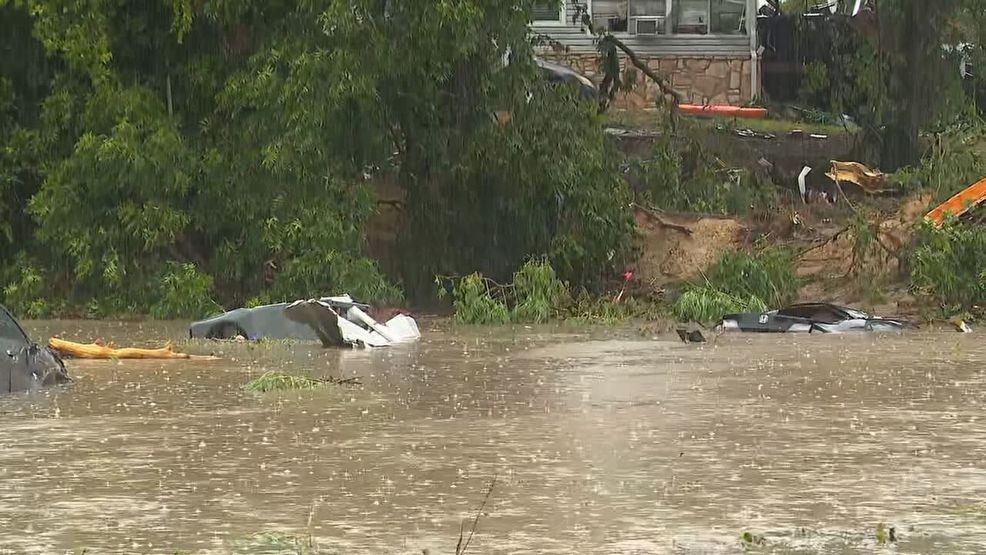SAN ANTONIO – Local activists have gathered to voice their outrage, calling for unified action to prevent deadly floods along the Guadalupe River.
On Friday, the Coalition of Texas Natural Resources Organizations and Experts gathered to address the tragic flooding on July 4, 2025, that killed over 135 people across the state, with 116 having been in Kerr County.
The organization called for smarter land management and collective action to prevent mass casualty incidents stemming from floods in the region.
“Flash floods like the ones we have just witnessed, some have said that nobody could have seen this coming,” said one organizer. “However, the probability of a flood event of this magnitude in flash flood alley has been known for years.”
Officials spoke on behalf of the Edwards Aquifer, advocating for responsible flood mitigation efforts.
“We have been advocating for Responsible flood solutions that both protect Texans and respect nature for many years, and will continue to do so in an effort to ensure that Texans do not have to endure a similar disaster as we saw earlier this month,” said Rachel Haynes. “Texans deserve better as we head into a special session, partially dedicated to responding to and preparing for flood events, and as we look forward to the next legislative session in 2027, we plan on continuing.”
“This is the seventh occurrence of a fatal flood in the last 100 years. It’s not a matter of if, but simply when,” said Kel Hoffman. “And we need to be able to protect the most vulnerable people in our communities, and we can do that by banding together now, remembering how much we care for our neighbors and preventing some of these things from happening.”
Organizers are urging:
- Ensuring that floodplains are left undeveloped and appropriately buffered to protect human lives and water quality
- Enforcement of land and water policies that protect floodplains and buffer zones
- Limiting or eliminating variances that allow development in flood-prone areas
- Investment in retrofitting infrastructure to accommodate natural water movement
- Restoration and preservation of critical watershed features and recharge zones
- Comprehensive watershed-wide planning, adopted and upheld at every level of government
- Partnerships with developers and planning boards to promote responsible growth
